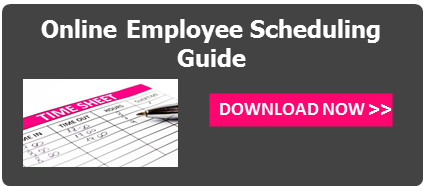In the corporate world there is a matter that used to appear in every job interview: the sense of urgency. Do you have it? The inevitable answer is yes, of course. As we always must be aware of urgencies, then everything becomes urgent, and we become a kind of waiter doing juggling with the trays without having a pretty clear idea of which table we must be serving first. If we are lucky and pay attention then we develop the intuition and we can do some classification, otherwise you prioritize according how loud your boss or your customers yells at you. This means there is another variable, and is the importance.
We’re currently living the age of “connectivity”, which lead us to be constantly distracted. How do we overcome this? On page 151 of the award-winning book “7 Habits of Highly Effective People”, written by Dr Stephen R. Covey, he reveals the secret to successful time management skills. This is referred to as “Quadrant II” living. The key to balance lies in this simple but extremely useful tool.
The tool that has helped many professionals in the last few years to classify the day by day tasks is called the IMPORTANCE/URGENCY MATRIX. This is how Dr Covey’s matrix looks like:
The judgement as to whether activities are urgent, important, both or neither, is crucial for good time management. Most inexperienced people, and people who are not good at time management, tend to spend most of their time in boxes 1 and 3. Poor time managers tend to prioritise tasks according to who shouted last and loudest. Any spare time is typically spent in box 4, which comprises only aimless and non-productive activities. Most people spend the least time of all in box 2, which is the most critical area for success, development and proactive self-determination.
Now, how we can implement this on a daily basis? There are easy steps:
– Use an Excel sheet and fill it up with tasks that need attention. Or use a piece of paper and pen and write it down!
– Next, pin this somewhere prominent in your workspace so that you can see it all throughout the day. This will help remind you to focus on what needs to be focused on.
– Do this on a daily basis, first thing, ten minutes before you start working or even looking at your email. Be sure to include unresolved issues from the day prior.
The good thing is you can see it throughout the work day and check out the “done’s” and the “pending’s”. Of course, something “important” can become “not important” or vice versa according the business dynamic of how the day unfolds.
As any new habit at the beginning it will probably take you more than 20 minutes, but the gaining and focus in the day work will certainly be superior to the time invested. Once you gain the experience it´ll be only a few minutes.
An example of any day could be this:
Once you get used to working with this matrix you can also add personal tasks that are always there, but you don´t include them in your daily list so as to not make noise with your job.
This is just another example of how to deal with daily tasks and improve productivity, but there are surely some other useful guides out there. Have you ever used this matrix? Which other tools have helped you out when planning your activities?
If you need extra help, we have a great whitepaper that can make your day as efficient as you would like it to be. We have created an “Online Employee Scheduling Guide” with the best timesheet software products for you to check and review. Get it now and start rocking your time!
This blog was brought to you courtesy of Christopher Gould, President at Gould Design Incorporated
www.goulddesigninc.com

Time Management = Important vs. Urgent